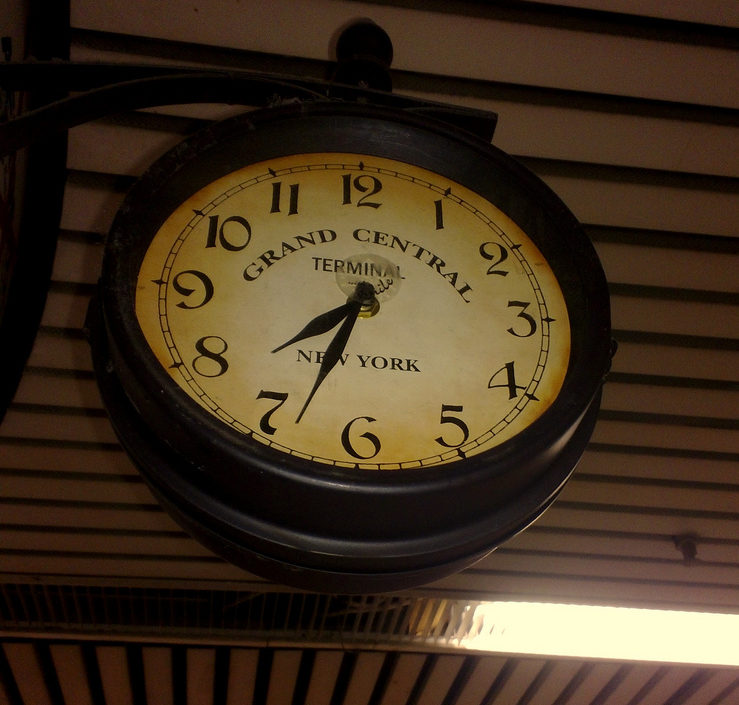
NPQ readers will recall our extensive coverage of the Department of Labor’s new overtime requirements, starting from their introduction in draft form and the subsequent opposition from many in the sector. With the rules now in place, the National Council of Nonprofits today released a report based on its survey about the effects of the new overtime rules on nonprofits with government grants and contracts. The survey shows that the responding nonprofits now supported the law’s intent but worried about the practical measures they might have to take in order both to comply and also balance their budgets. The report calls this “moral support and operational anxiety” and concludes, as many others do, that it would be unreasonable for governments at all levels not to cover the increased costs that will inevitably be visited on some nonprofits if they maintain their services at current levels.
This is a call to action for the network of state associations of nonprofits that NCN represents. The overtime rules are both poorly understood in some quarters (a fact which the report acknowledges) and more likely to hit certain fields especially acutely. These might include crisis response services, where predictability is difficult, and personal care services for disabled and elderly people. However, this concern applies less to many others who have complained about it—like U.S. PIRG. Andre Delattre, executive director of that organization—which has often portrayed itself as the defender of the less powerful—argued, “Organizations like ours rely on small donations from individuals to pay the bills. We can’t expect those individuals to double the amount they donate. Rather, to cover higher staffing costs forced upon us under the rule, we will be forced to hire fewer staff and limit the hours those staff can work—all while the well-funded special interests that we’re up against will simply spend more.” This argument, as Andy Schmidt argued in “Is Exploiting Workers Key to Your Nonprofit Enterprise Model? The New Overtime Requirements,” is indefensible on its face.
The NCN report, however, is focused properly, based on a May 2016 national survey of 1094 individuals, more than half of whom represent human services providers. Arts and education nonprofits represented another combined 19 percent. Most had annual budgets between $1 million and $10 million, and all 50 states were represented in the responses.
Sign up for our free newsletters
Subscribe to NPQ's newsletters to have our top stories delivered directly to your inbox.
By signing up, you agree to our privacy policy and terms of use, and to receive messages from NPQ and our partners.
NCN has long concerned itself with the contracting concerns of nonprofit organizations, including the refusal, according to research conducted by the Urban Institute, in 68 percent of government contracts to pay full costs. The overtime rules, the report says, will place an even greater burden on many nonprofits—and one that is not supported by the existing contracts.
“When federal law changes in the middle of a contract, then fundamental fairness dictates that government-nonprofit contracts should be adjusted immediately to accommodate that mandated change,” says Tim Delaney, President and CEO of the National Council of Nonprofits. “Importantly, we are not calling for an exception to the overtime law for nonprofits. […] Nonprofits should and do support fair labor standards and do not want to be the employer of last resort; rather, we simply call for honest recognition by our government partners who serve the same constituents in the same communities that governments cannot continue to expect nonprofits to subsidize government obligations.”
But, according to the report, 69 percent of respondents report there is no provision in their existing grants and contracts to reopen or renegotiate the written agreements “to secure higher reimbursement rates from governments to pay for these increased costs,” and 28 percent said they were not sure if their agreement had a clause that would allow them to seek such an adjustment. Only three percent said they did have such a clause. NCN concludes that, nationwide, a government-nonprofit grant/contract reopener is urgently needed. It also suggests that private funders explore how they might help in a transition period. The report suggests that they pitch in for emergency bridge money and reorganizations, but private funders should also consider how they might use their influence in concert with that of nonprofit associations to persuade local governments to bring their reimbursement rates up.













